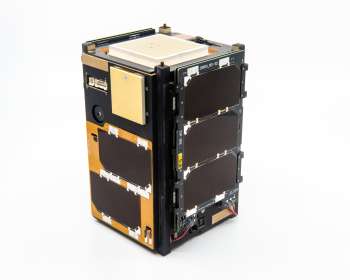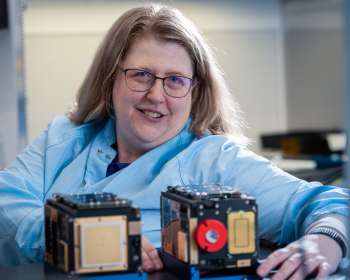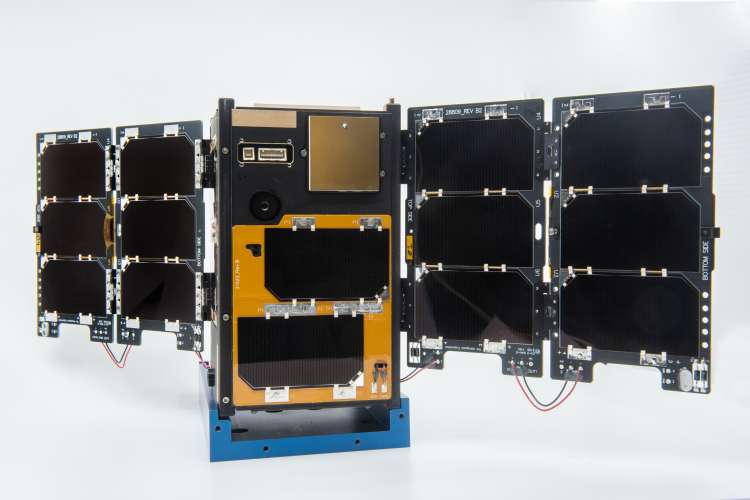NASA recently launched its Low-Latitude Ionosphere/Thermosphere Enhancements in Density (LLITED) mission, which consists of two identical 1.5U spacecrafts designed, built and operated by The Aerospace Corporation.

The LLITED mission’s two Aerospace CubeSats will investigate the equatorial temperature and wind anomaly (ETWA) that occurs in the neutral atmosphere, and the equatorial ionization anomaly (EIA) that occurs in the region containing charged particles. While named anomalies, these features occur daily between approximately 100 to 400 km and have been observed separately from different satellites or from multiple ground observations.
“There are two unusual phenomena that are created during the day in the ionosphere/thermosphere on either side of the equator and then disappear after sunset,” said Dr. Rebecca Bishop, principal investigator for the LLITED mission. “One displays an increase in neutral atmosphere temperature and changes in winds, and the other shows an increase in the ionospheric plasma density almost at the same time. LLITED’s goal is to understand how long each last after sunset and how the two interact with each other.”
Illuminating Atmospheric Enigmas
In comparison to other high-altitude regions of the Earth’s upper atmosphere, the regions where the ETWA and EIA exist are poorly understood. Furthermore, it is at these altitudes that drag on satellites increases, impacting their re-entry rates. Drag is dependent on the atmosphere density, so by better understanding changes in density within the region, space operators can better predict an object’s re-entry path.

The two CubeSats will each carry three instruments: a GPS radio-occultation sensor provided by Aerospace, an ionization gauge sensor led by University of New Hampshire, and a planar ion probe provided by Embry-Riddle Aeronautical University in Florida. Both CubeSats will fly in the same orbit plane at an altitude at an initial altitude of 495 km and 96.4 deg inclination, but the two CubeSats will be spaced 1/4 - to 1/2-orbit apart in order to observe the spatial and temporal changes of the ETWA and EIA.
Better Atmospheric Modeling, Safer Satellites
Bishop emphasized that the LLITED mission’s contribution will improve understanding of the nighttime upper atmosphere and addresses one of the key science goals identified in NASA’s 2013 Heliophysics Decadal Survey.
“The key is to better understand how the altitude extent of the ETWA and EIA, and how they form, interact, and dissipate, which can then be used to improve upper atmosphere models, which in turn may improve our ability to predict satellite re-entry and improve collision avoidance activities at these altitudes."

